[ad_1]
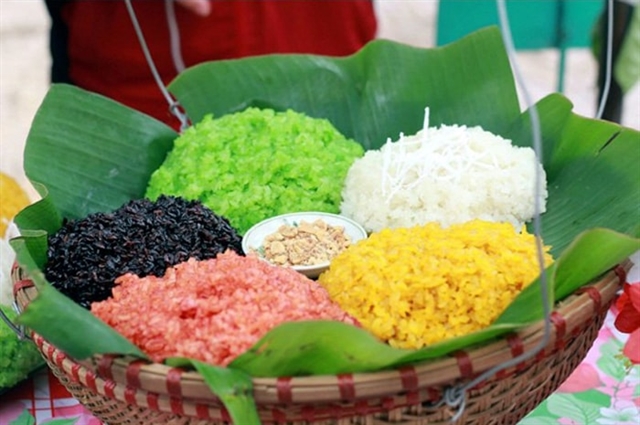
LAI CHÂU An indispensable dish found at every festive event of the Lự ethnic people in the northern province of Lai Châu is five-colour sticky rice. The recipe has been preserved by the Lự people through generations and has become a part of their unique cultural identity.
Wild edible plants are used to colour the rice. The red colour is created from gấc fruit, green from leaves of ginger or pineapple, yellow from pounded old turmeric roots and purple from the magenta plant; white is the original colour of the sticky rice.
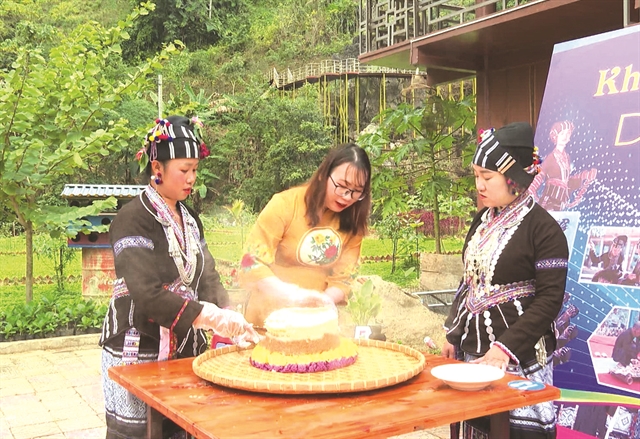
According to Lò Thị Pầu from Thẳm Village, every Lự family grows the plants to make the sticky rice around their houses. Actually cooking the rice is pretty simple and similar to other kinds of sticky rice.
“Before being dyed, the rice must be soaked in cold water for six to eight hours and divided into five equal parts, enough to make each colour.
“The most difficult step is cooking and pounding the leaves and tubers to get the coloured juices. To ensure that the colours are beautiful, the cook must avoid mixing the plants together and must cook them in different pots,” she said.
After that, the sticky rice is steamed. The success of the dish is hinged on this moment and is dictated by the skill and experience of each cook.
“The sticky rice is dyed with colours created from natural plants and steamed with pure spring water. This makes it very fragrant and gives it the typical taste of the mountains where the plants are grown,” Pầu said.
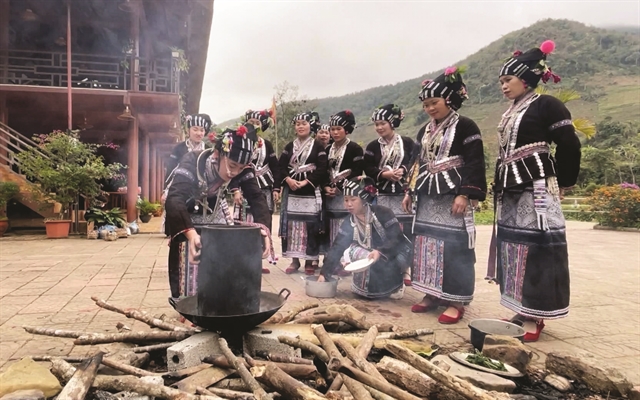
To Lự people, each colour, white, purple, blue, yellow and red, has a different meaning. The red sticky rice symbolises the desire to live and dreams of a bright future, purple represents a rich land, yellow represents prosperity and a wish for a peaceful life, green represents the colours of the mountains and forests and white symbolises family loyalty and love for parents.
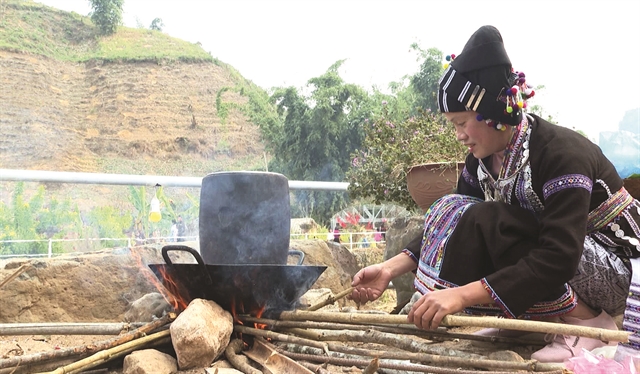
As well being as an integral part of the ethnic group in every festive and spiritual event, such as weddings or funerals, five-colour sticky rice has also become a treat that impresses visitors, thanks to its deliciousness and eye-catching colours.
“It is very interesting to witness Lự people make five-colour sticky rice. The dish is truly tasty and fragrant, completely different from other dishes I have tried before,” said Tạ Ngọc Lâm, a tourist from the northern province of Phú Thọ. VNS
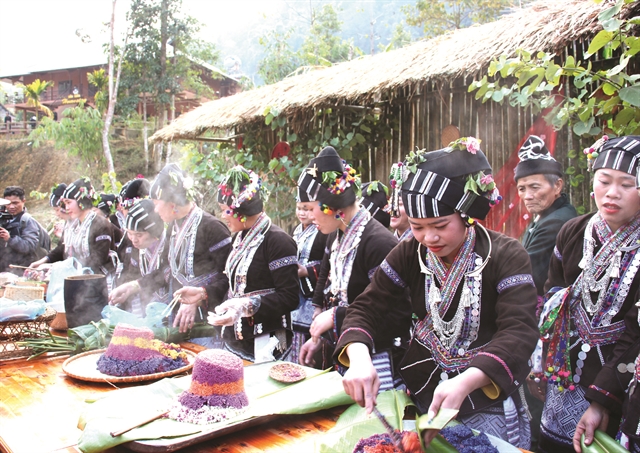
[ad_2]
Source link
